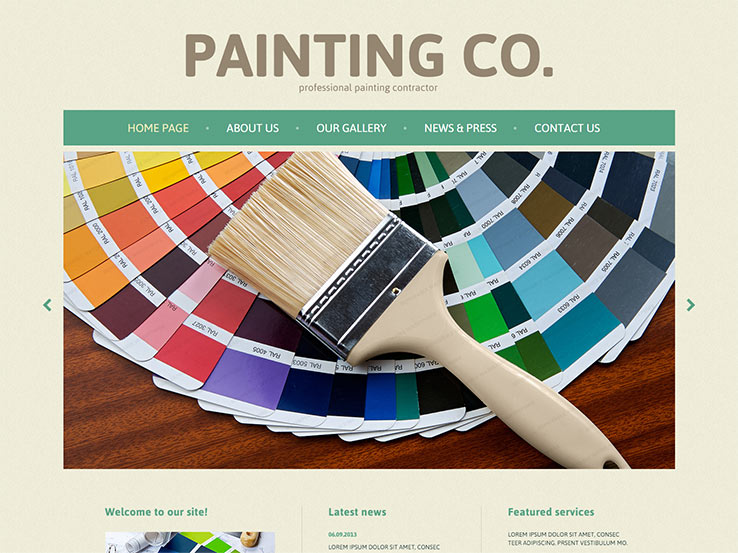Discover Exactly How Seasonal Impacts Can Impact The Efficiency Of Commercial External Paint And Find Out One Of The Most Favorable Times To Make Certain Long Lasting Results For Your Project
Discover Exactly How Seasonal Impacts Can Impact The Efficiency Of Commercial External Paint And Find Out One Of The Most Favorable Times To Make Certain Long Lasting Results For Your Project
Blog Article
Write-Up Created By-Leach Chaney
When you're planning a business exterior paint task, seasonal variables can make or break your results. You'll want to consider just how temperature and humidity effect paint application and drying out times. Choosing the right period can ensure your paint adheres effectively and lasts much longer. However which seasons are truly the very best for this sort of work? Allow's check out the crucial elements that can influence your job's success.
The Influence of Temperature Level on Paint Application
When you're intending an industrial exterior painting job, the temperature level can dramatically impact exactly how well the paint sticks and dries.
Ideally, you intend to paint when temperature levels vary between 50 ° F and 85 ° F. If it's also chilly, the paint might not treat effectively, causing issues like peeling or cracking.
On the other side, if it's too hot, the paint can dry out as well quickly, stopping correct adhesion and causing an unequal surface.
You must also think about the moment of day; early morning or late afternoon offers cooler temperature levels, which can be a lot more positive.
Constantly inspect the manufacturer's suggestions for the particular paint you're using, as they usually offer support on the perfect temperature level range for optimum results.
Moisture and Its Impact on Drying Times
Temperature isn't the only ecological element that affects your commercial exterior painting task; humidity plays a considerable function as well. High humidity degrees can decrease drying times substantially, influencing the overall high quality of your paint job.
When the air is filled with wetness, the paint takes longer to cure, which can cause problems like poor attachment and a higher threat of mildew development. If removing dry paint from carpet on a particularly moist day, be prepared for prolonged delay times between layers.
It's important to keep track of local weather and plan appropriately. Ideally, aim for humidity degrees in between 40% and 70% for optimal drying out.
Maintaining https://interior-painter-near-me98720.blogars.com/33225406/from-ordinary-to-remarkable-find-out-just-how-professional-home-painters-can-boost-your-home-s-appeal consider mind guarantees your task stays on track and delivers a lasting finish.
Best Seasons for Commercial Outside Painting Projects
What's the best time of year for your industrial outside paint jobs?
Springtime and early loss are usually your best bets. Throughout these periods, temperatures are moderate, and humidity levels are typically reduced, developing ideal problems for paint application and drying.
Prevent summer's intense heat, which can trigger paint to dry too quickly, causing inadequate attachment and coating. Similarly, winter's cold temperatures can impede appropriate drying and curing, running the risk of the durability of your paint work.
Go for days with temperatures between 50 ° F and 85 ° F for ideal results. Keep in mind to inspect the regional weather forecast for rainfall, as wet problems can spoil your project.
Planning around these variables guarantees your paint job runs smoothly and lasts longer.
Verdict
Finally, intending your business external paint jobs around seasonal considerations can make a substantial distinction in the result. By scheduling work throughout the suitable temperatures and humidity degrees, you'll guarantee far better bond and drying times. Bear in mind to watch on local weather prediction and pick the correct time of year-- springtime and very early fall are your best bets. Taking these steps will assist you achieve a long lasting and professional coating that lasts.
